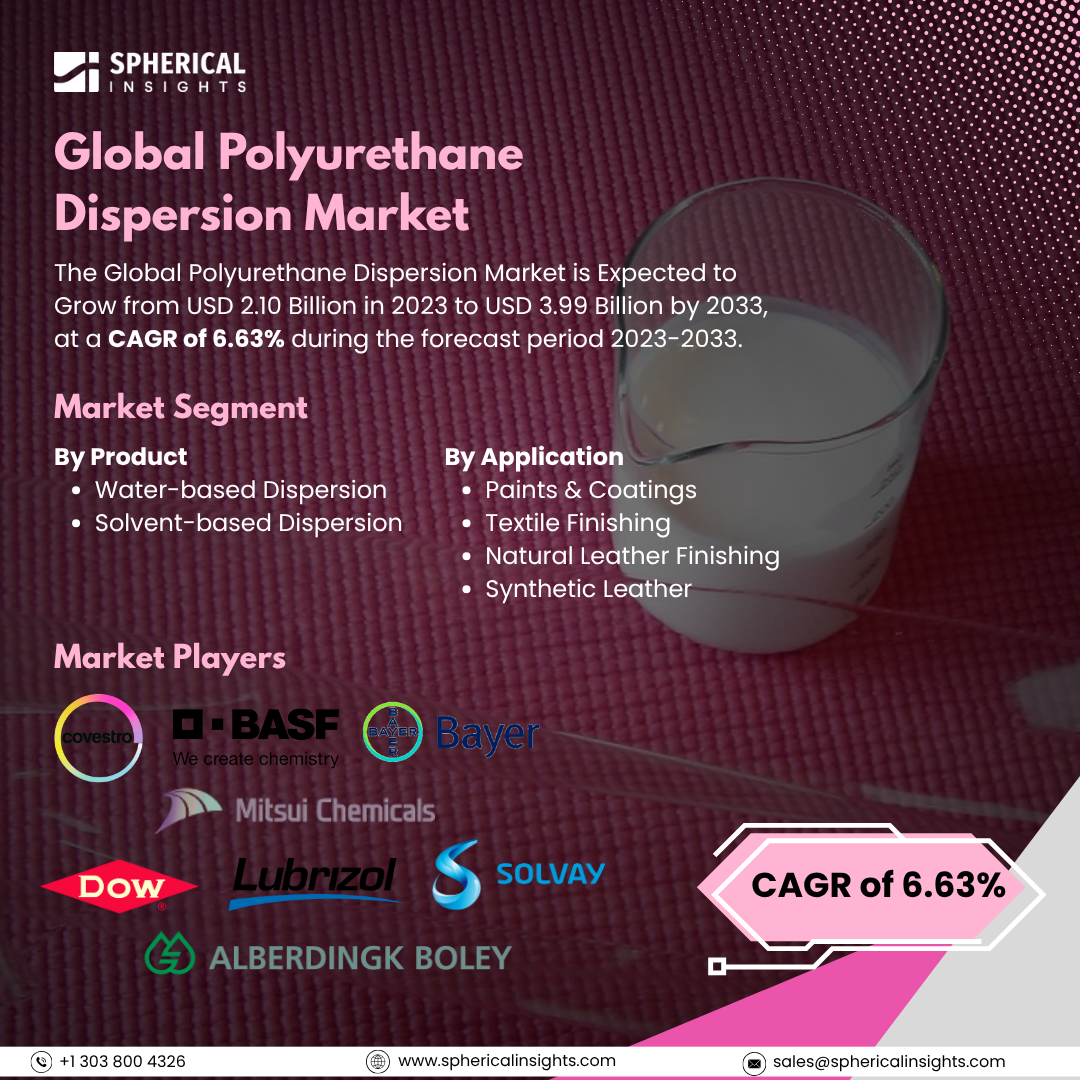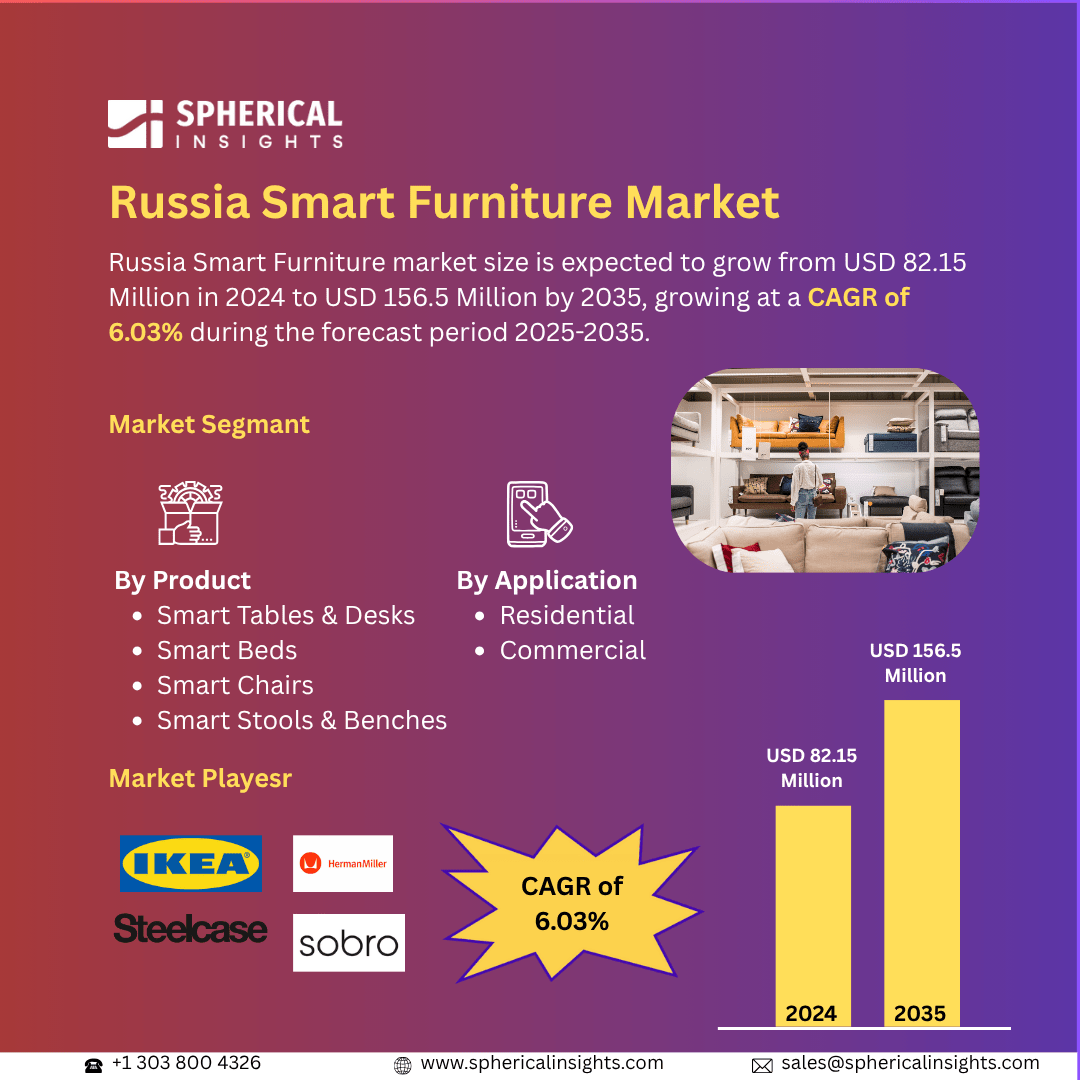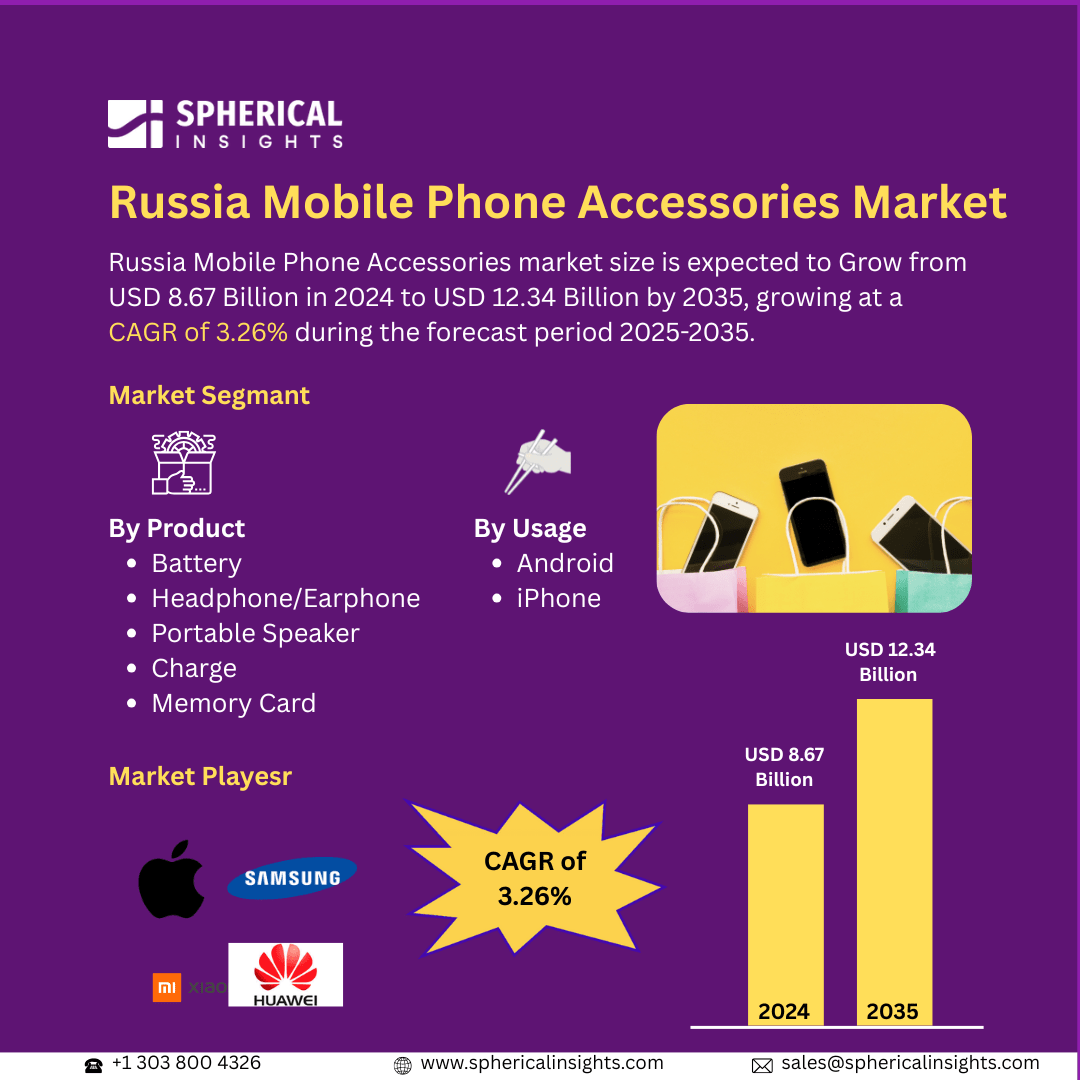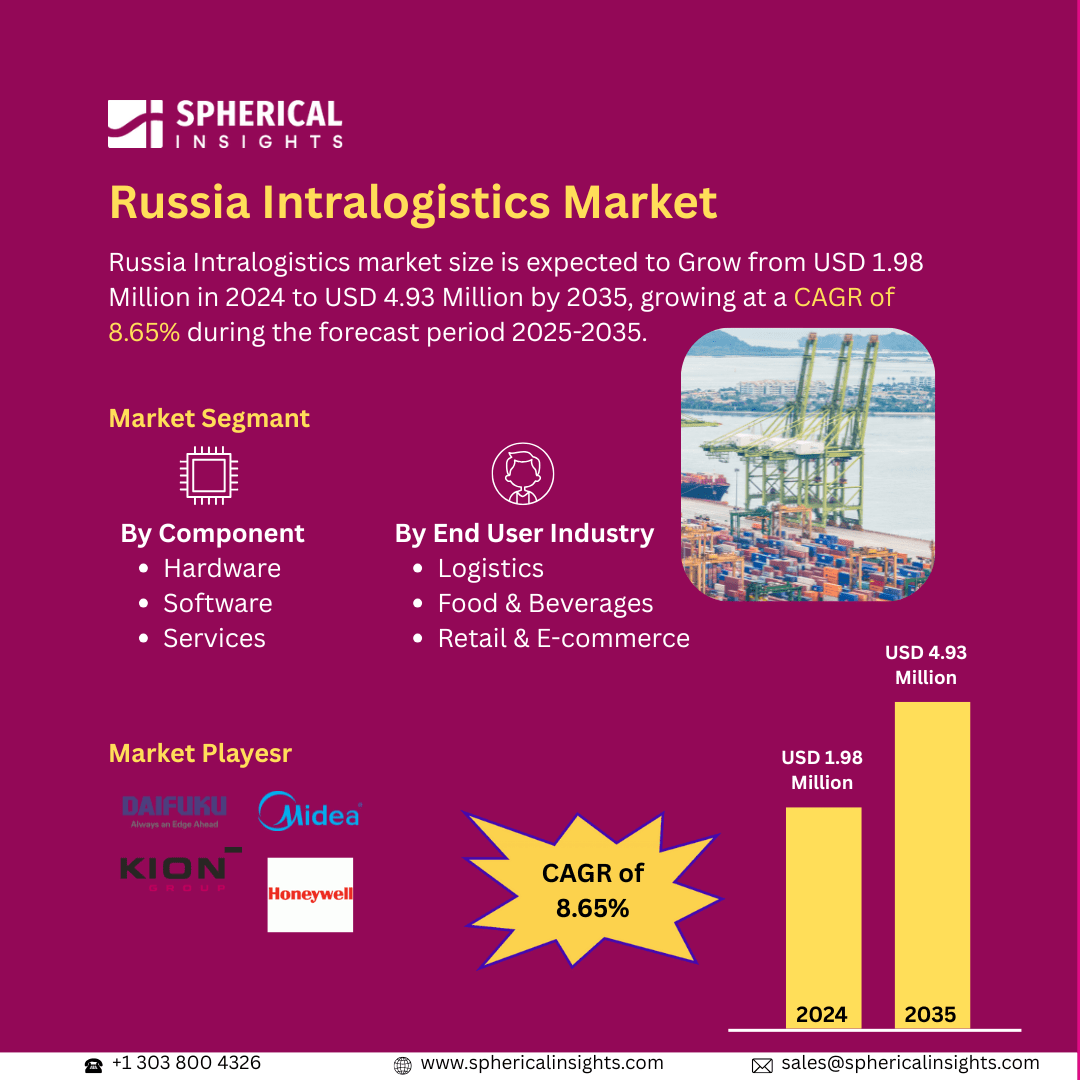Global Polyurethane Dispersion Market Size to Exceed USD 3.99 Billion by 2033
According to a research report published by Spherical Insights & Consulting, The Global Polyurethane Dispersion Market is Expected to Grow from USD 2.10 Billion in 2023 to USD 3.99 Billion by 2033, at a CAGR of 6.63% during the forecast period 2023-2033.
Browse 210 Market Data Tables and 45 Figures Spread Through 190 Pages and In-Depth TOC On the Global Polyurethane Dispersion Market Size, Share, and COVID-19 Impact Analysis, By Product (Water-based Dispersion and Solvent-based Dispersion), By Application (Paints & Coatings, Textile Finishing, Natural Leather Finishing, and Synthetic Leather) and By Region (North America, Europe, Asia-Pacific, Latin America, Middle East, and Africa), Analysis and Forecast 2023 - 2033.
An aqueous and anionic dispersion solution made from aromatic and aliphatic isocyanate generated from emulsifiers is known as polyurethane dispersion or PUD. High tensile strength, high elasticity, high abrasion resistance, extreme temperature durability, and high molecular weight are among the quality attributes of polyurethane dispersion materials. Furthermore, this is because polyurethane dispersions have so many qualities, including excellent chemical, solvent, abrasion, adhesion, flexibility, and scratch resistance, which are widely utilized in the automobile industry for car refinishing paints. Therefore, it is anticipated that the growing automotive sector will increase the use of polyurethane dispersions and propel the market's expansion. The market for polyurethane dispersions is anticipated to grow at a rapid pace due to the wide range of end-user applications for these materials in the paint and coating industry, including their use as binders or film formers. However, the prices of MDI and TDI, the primary isocyanates that are preferred for the production of polyurethane dispersion, are impacted by changes in the price of crude oil. In addition, manufacturers' access to raw materials is impacted by fluctuations in crude oil prices, which forces them to increase the price of their isocyanate products to offset market losses.
The water-based dispersion segment held the largest share in 2023 and is anticipated to grow at a significant CAGR during the forecast period.
Based on the product, the global polyurethane dispersion market is divided into water-based dispersion and solvent-based dispersion. Among these, the water-based dispersion segment held the largest share in 2023 and is anticipated to grow at a significant CAGR during the forecast period. This is because of its strict attention to rules, lower VOC emissions, and environmentally favorable qualities. These formulations are becoming more and more popular across a range of applications in different industries since these are safer and easier for end users to handle while still providing improved performance qualities.
The paints & coatings segment held the largest share in 2023 and is anticipated to grow at a significant CAGR during the forecast period.
Based on the application, the global polyurethane dispersion market is divided into paints & coatings, textile finishing, natural leather finishing, and synthetic leather. Among these, the paints & coatings segment held the largest share in 2023 and is anticipated to grow at a significant CAGR during the forecast period. Motivated by the demand for high-performance, long-lasting coatings that meet strict environmental standards. This is because of their superior adhesion, abrasion resistance, and weatherability, polyurethane dispersions are widely used in the industrial, automotive, and construction sectors.
North America is anticipated to hold the largest share of the global oil and gas corrosion protection market over the forecast period.
North America is anticipated to hold the largest share of the global polyurethane dispersion market over the forecast period. Industries are forced by strict environmental laws to use low-VOC solutions, and water-based PUDs are becoming increasingly popular. Furthermore, the need for long-lasting, high-performance coatings is being driven by the construction and automobile industries.
Asia Pacific is estimated to grow at the fastest CAGR of the global polyurethane dispersion market during the forecast period. This is fueled by the fast urbanization and industrialization of the world. The need for high-performance coatings and adhesives is increased by the growing automotive and construction industries. Furthermore, producers are encouraged to use water-based and low-solvent formulations due to growing awareness of environmental sustainability, which further improves market growth prospects.
Company Profiling
Major vendors in the global polyurethane dispersion market are Covestro AG, BASF, The Dow Chemical Company, Mitsui Chemicals, Inc., The Lubrizol Corporation, Alberdingk Boley GmbH, Solvay, Bayer AG, and others.
Key Target Audience
- Market Players
- Investors
- End-users
- Government Authorities
- Consulting and Research Firm
- Venture capitalists
- Value-Added Resellers (VARs)
Recent Development
- In November 2024, Sancure 20898, a PUD developed by Lubrizol, improves packaging inks and coatings. It is renowned for its adaptability and longevity in high-performance applications, which has led to the establishment of new industry performance benchmarks.
Market Segment
This study forecasts revenue at global, regional, and country levels from 2023 to 2033. Spherical Insights has segmented the global polyurethane dispersion market based on the below-mentioned segments:
Global Polyurethane Dispersion Market, By Product
- Water-based Dispersion
- Solvent-based Dispersion
Global Polyurethane Dispersion Market, By Application
- Paints & Coatings
- Textile Finishing
- Natural Leather Finishing
- Synthetic Leather
Global Polyurethane Dispersion Market, By Regional
- North America
- Europe
- Germany
- UK
- France
- Italy
- Spain
- Russia
- Rest of Europe
- Asia Pacific
- China
- Japan
- India
- South Korea
- Australia
- Rest of Asia Pacific
- South America
- Brazil
- Argentina
- Rest of South America
- Middle East & Africa
- UAE
- Saudi Arabia
- Qatar
- South Africa
- Rest of the Middle East & Africa



